Photo essay: Inside Canada’s West Coast prisons

Members of the Senate Committee on Human Rights conducted a fact-finding mission to Western Canada penitentiaries and held public hearings as part of their study on the human rights of prisoners. This photo essay offers rare glimpses behind the barbed wire and fences of Canada’s prison system.
Stan Daniels Healing Centre
Edmonton, Alta.

Public Hearings and Town Hall, ACT Aquatic and Recreation Centre
Edmonton, Alta.

Edmonton Institution
Edmonton, Alta.
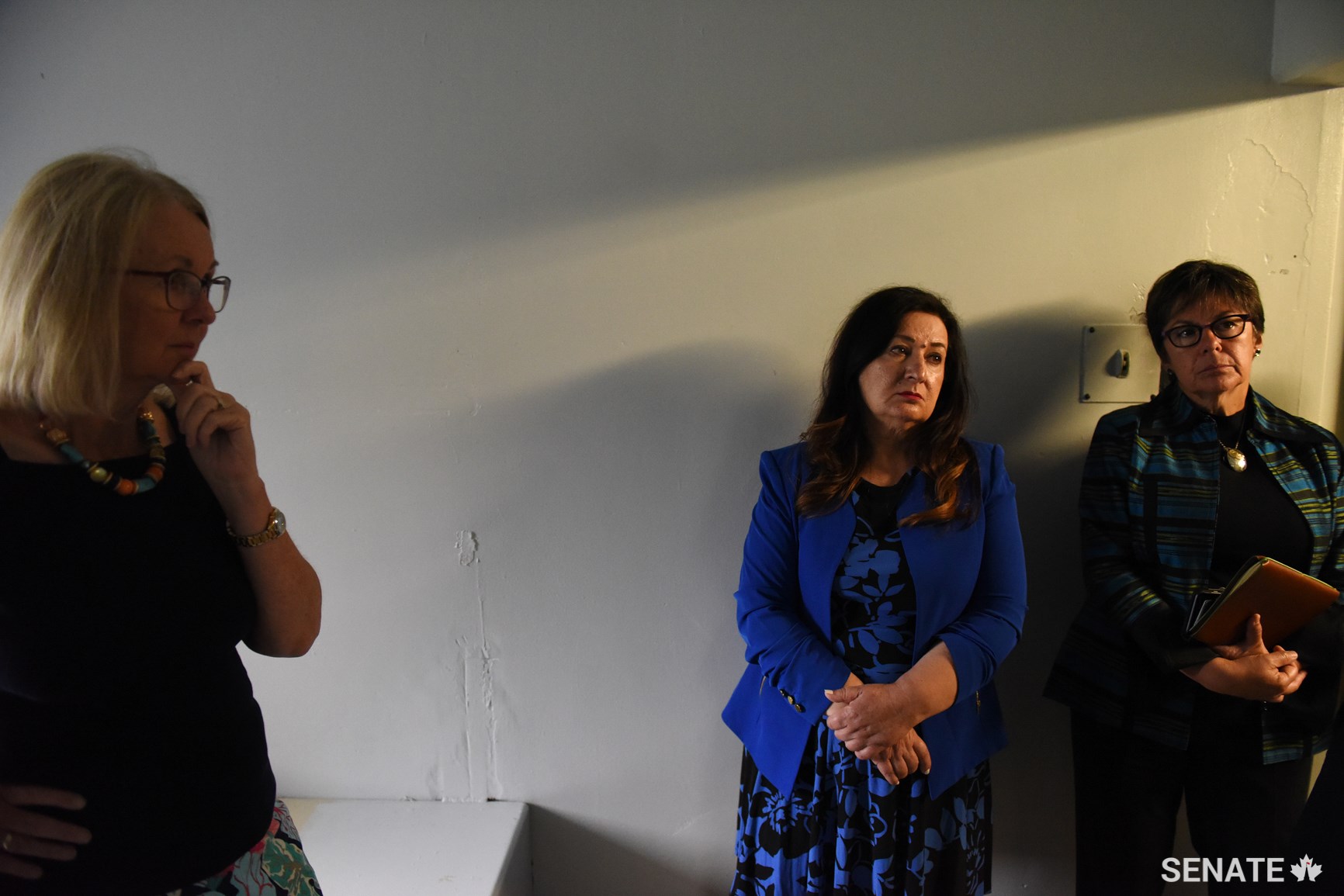



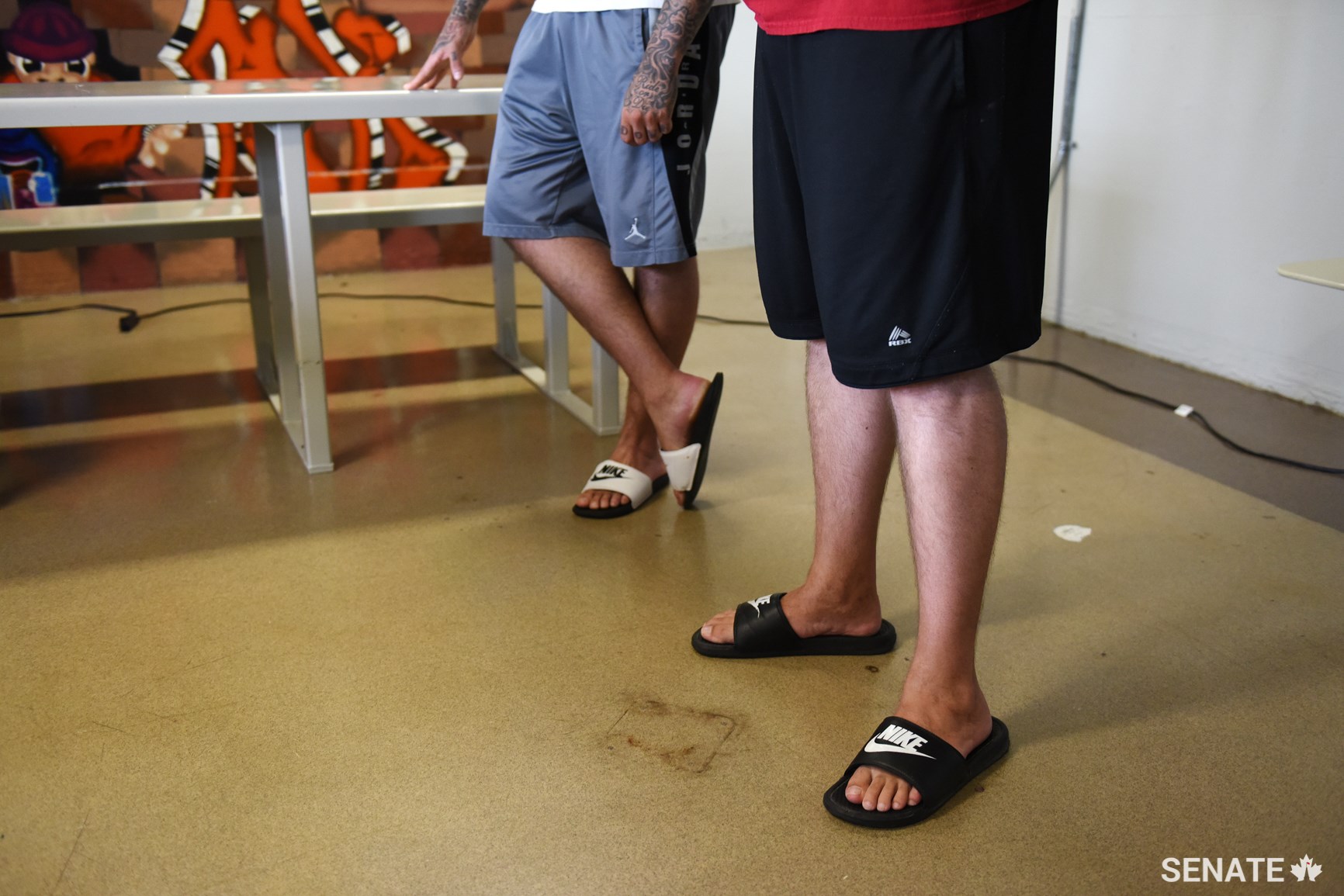
Edmonton Institution for Women
Edmonton, Alta.
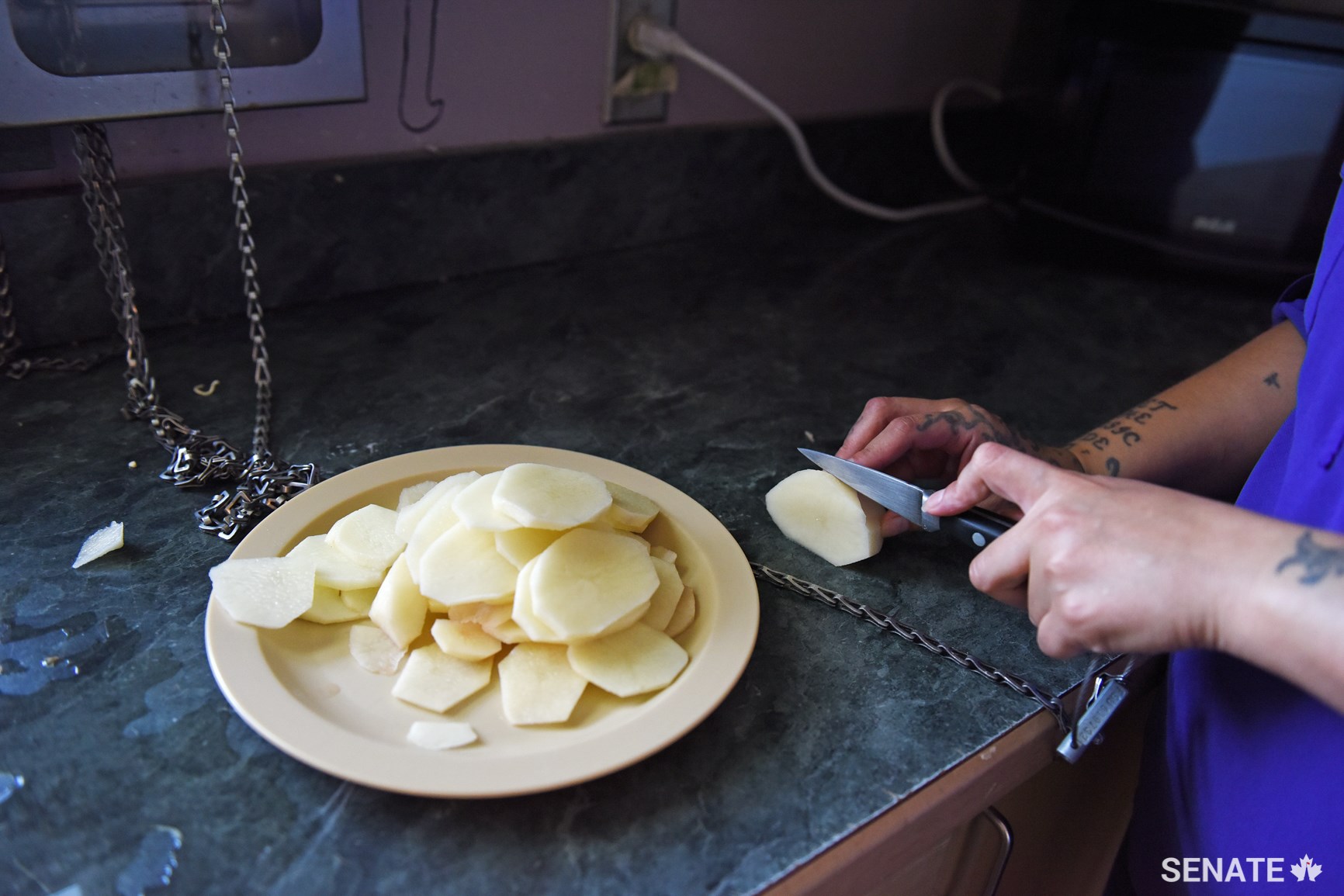
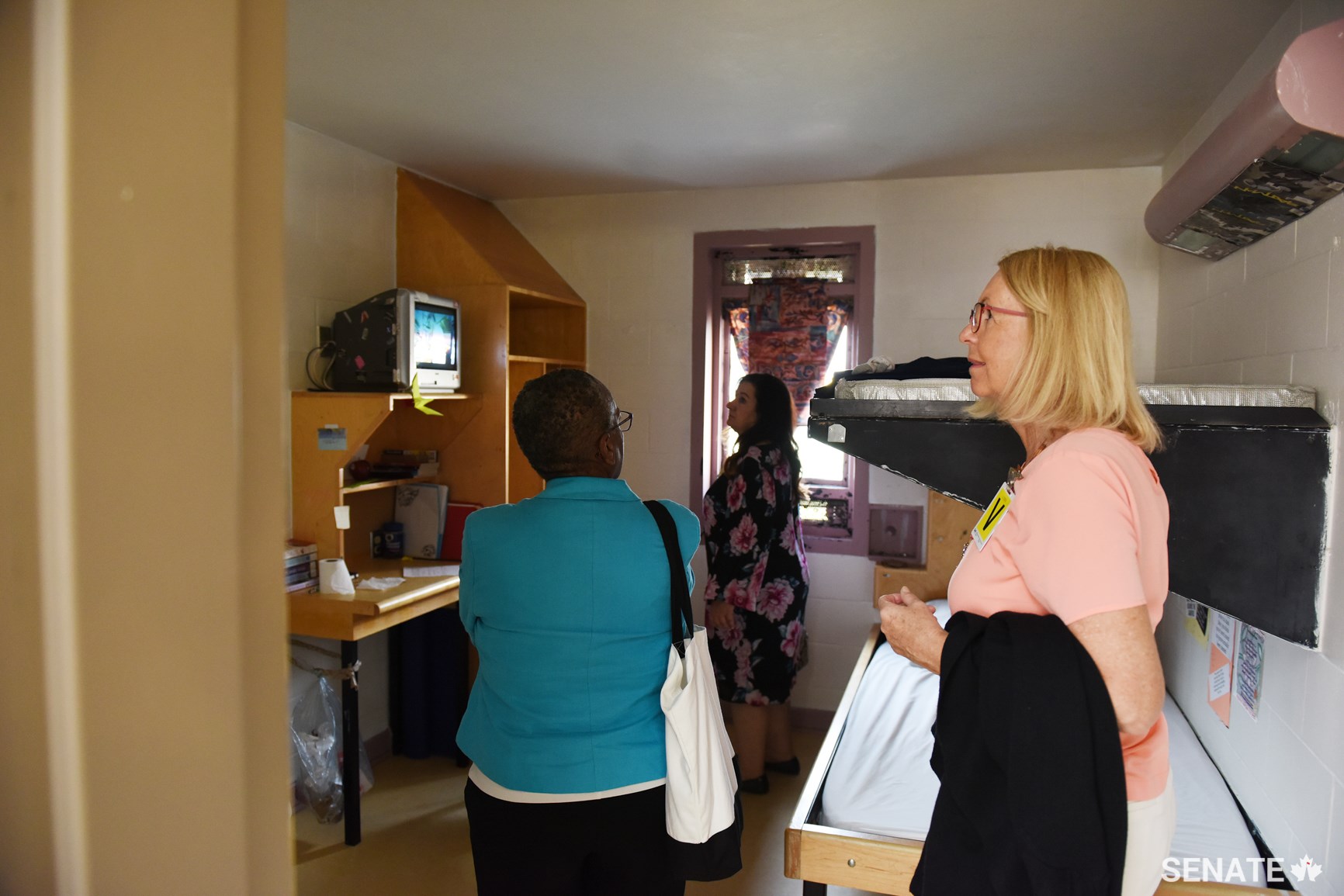
Kwìkwèxwelhp Healing Village
Harrison Mills, B.C.
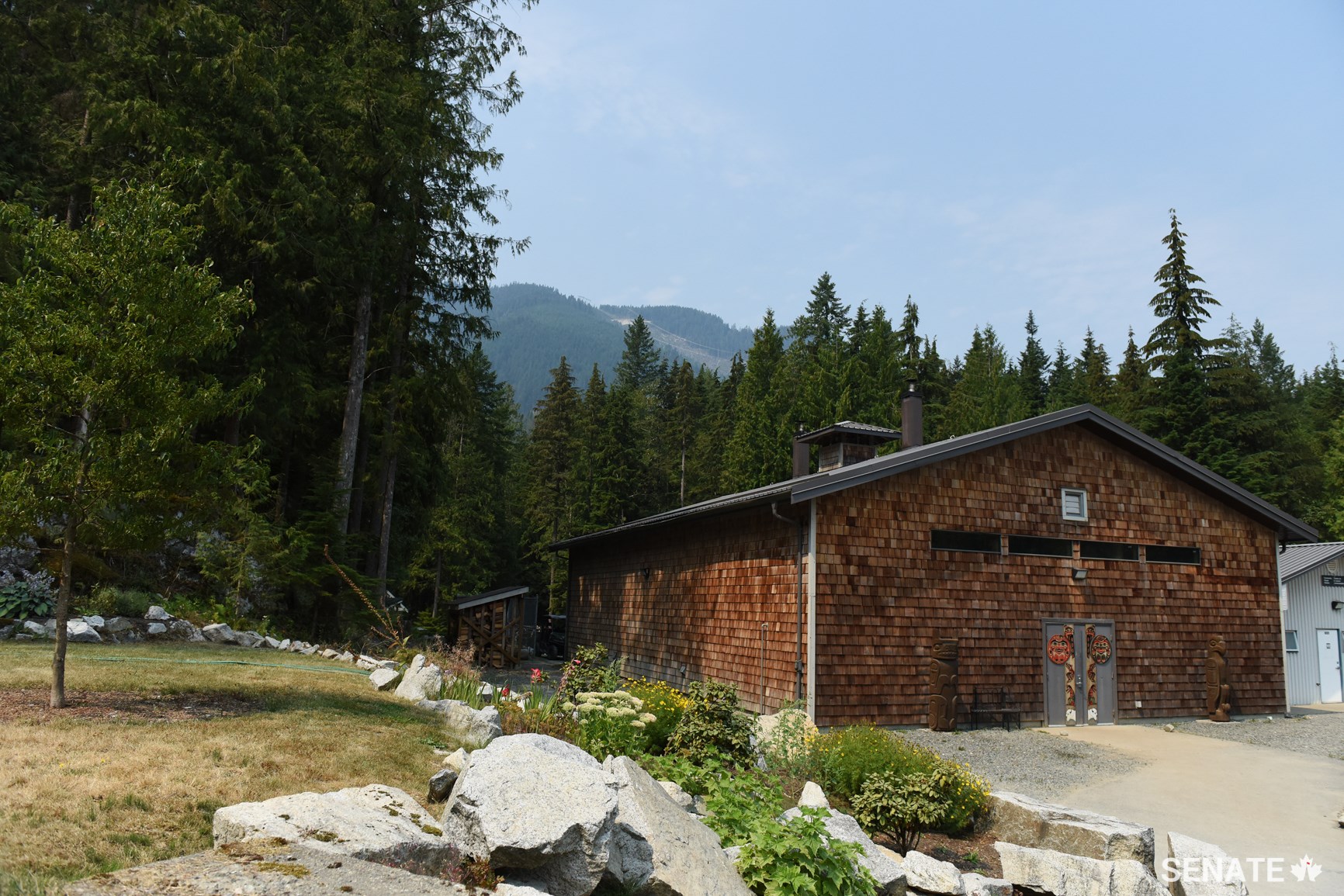

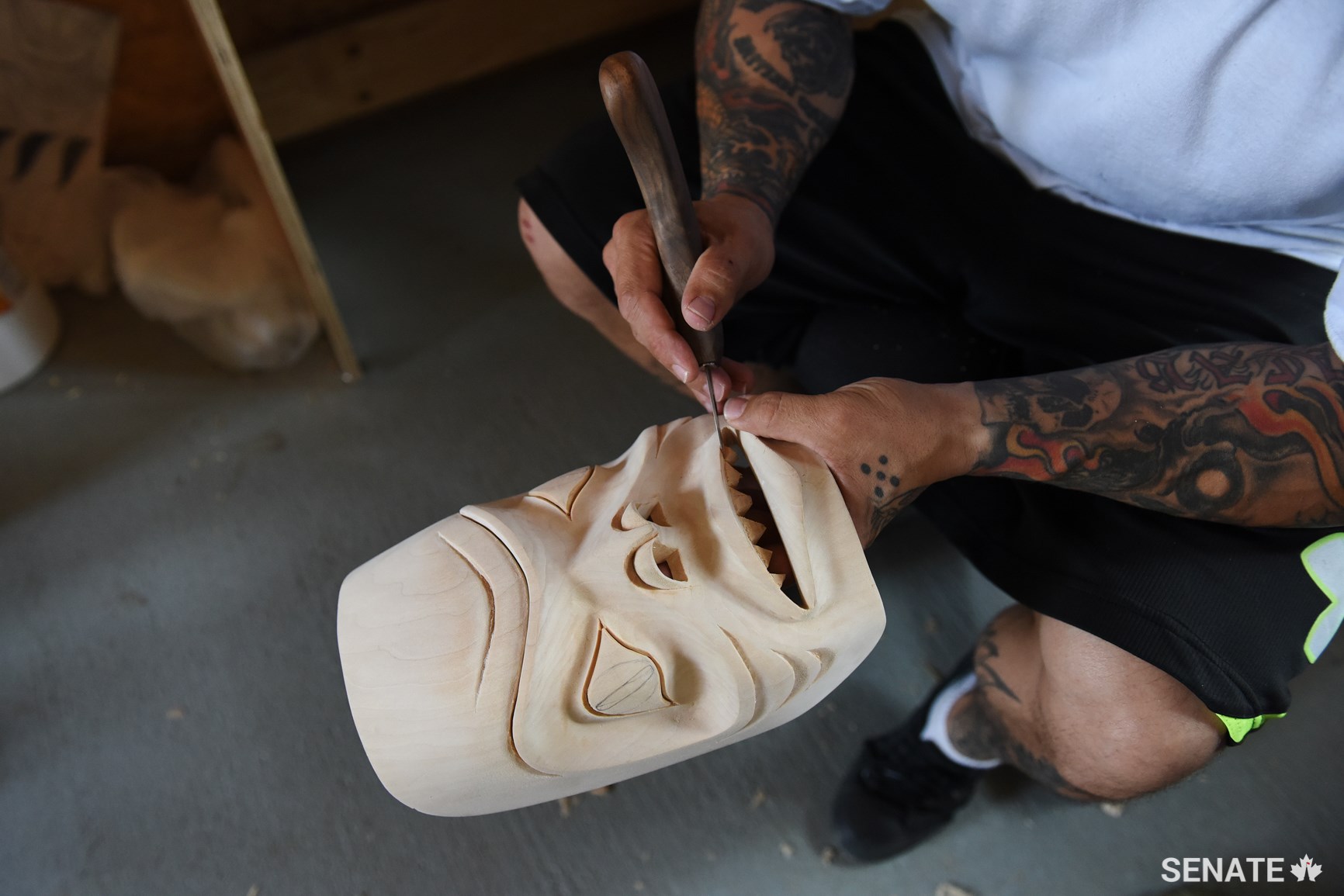
Kent Institution
Agassiz, B.C.


Pacific Institution and Regional Treatment Centre
Abbotsford, B.C.

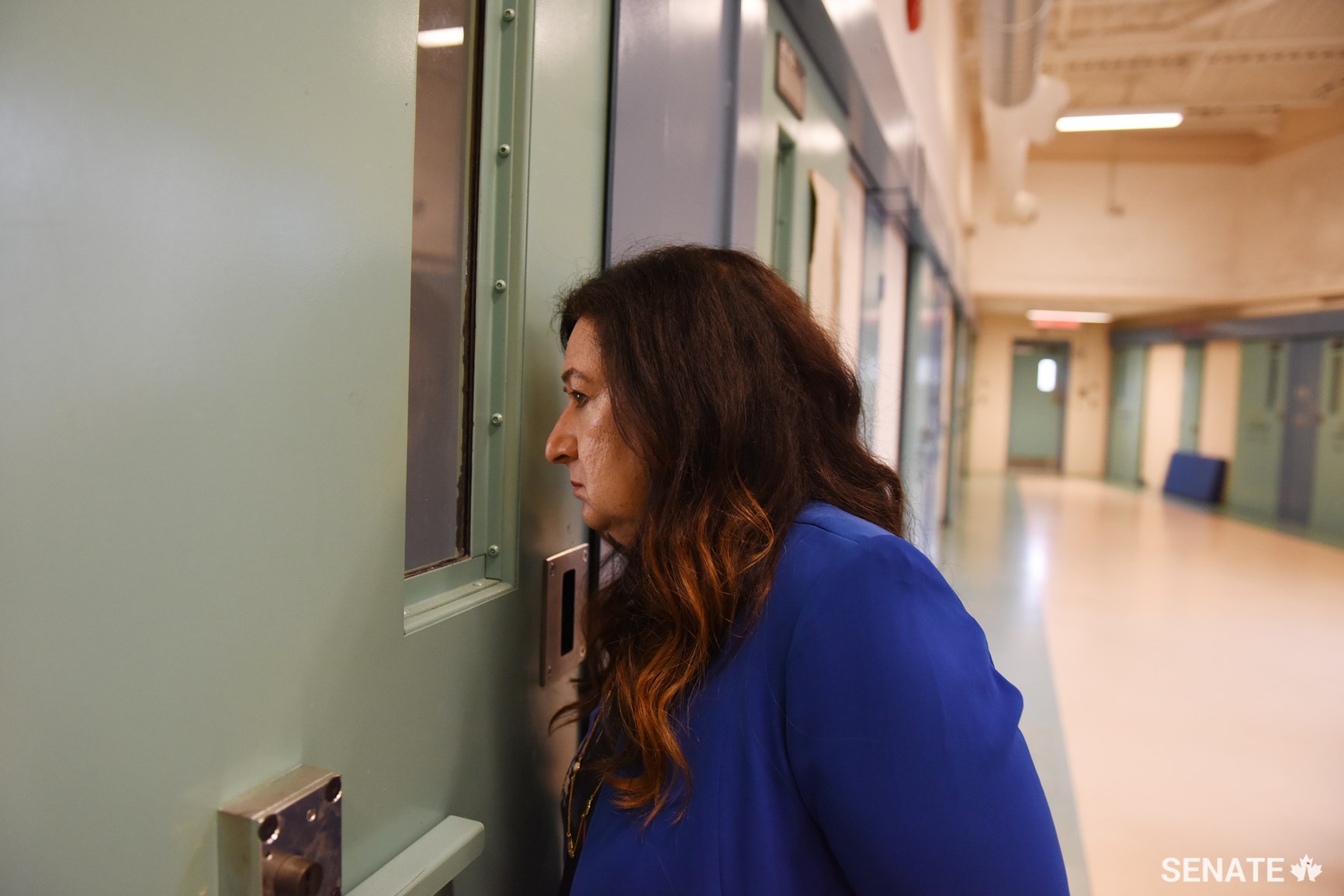


Fraser Valley Institution for Women
Abbotsford, B.C.

Public Hearings and Town Hall
Abbotsford, B.C.
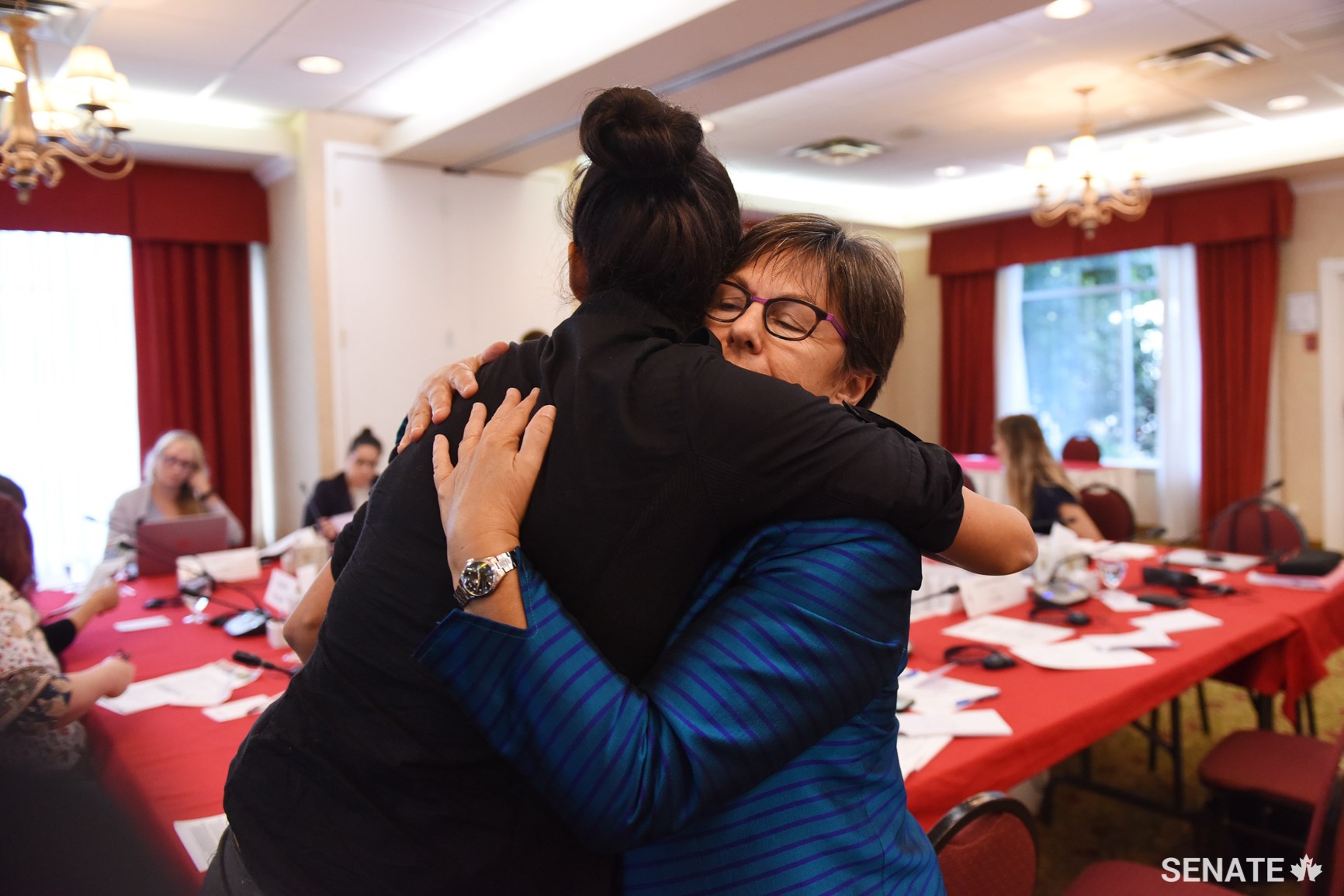
Mission Institution
Mission, B.C.
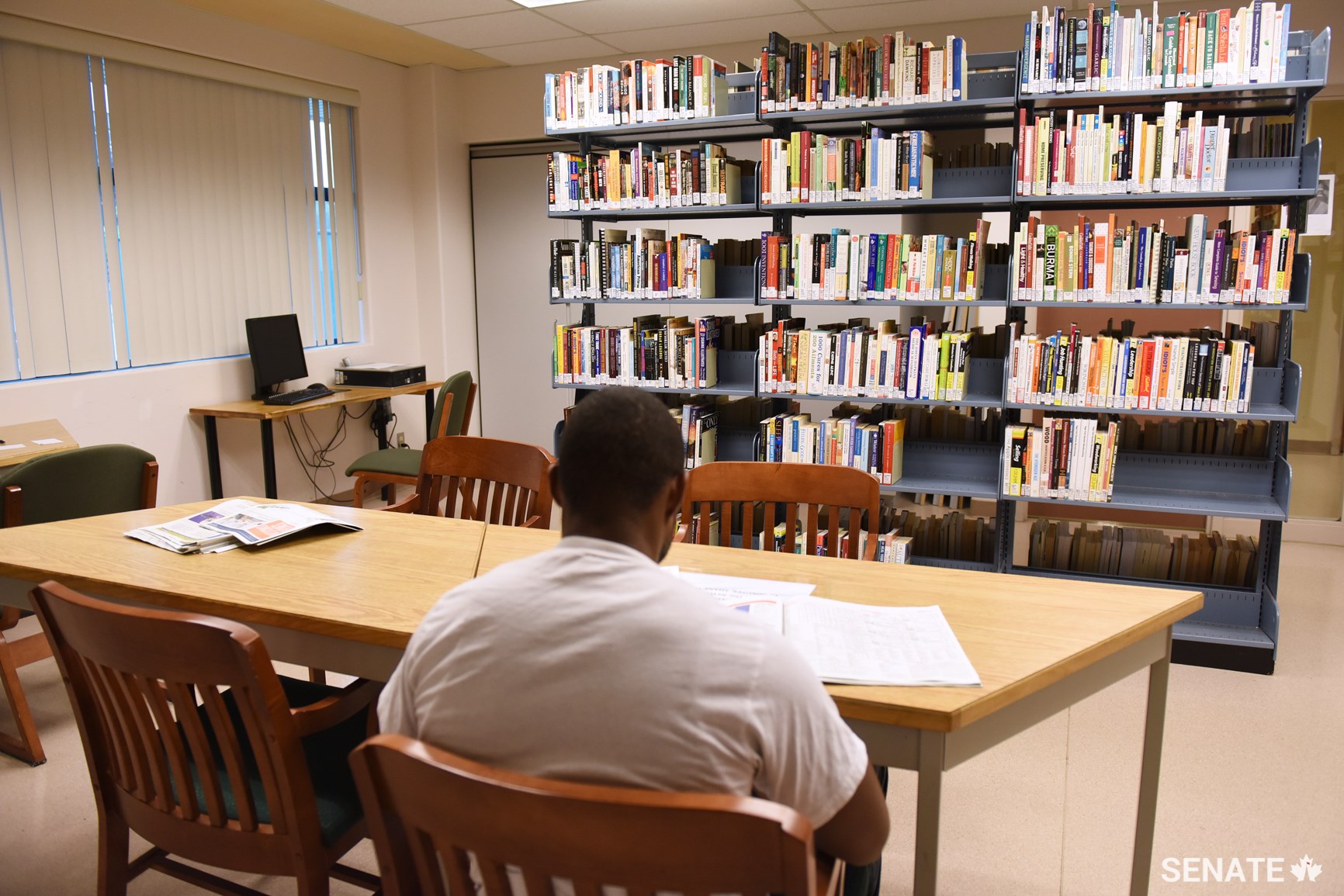
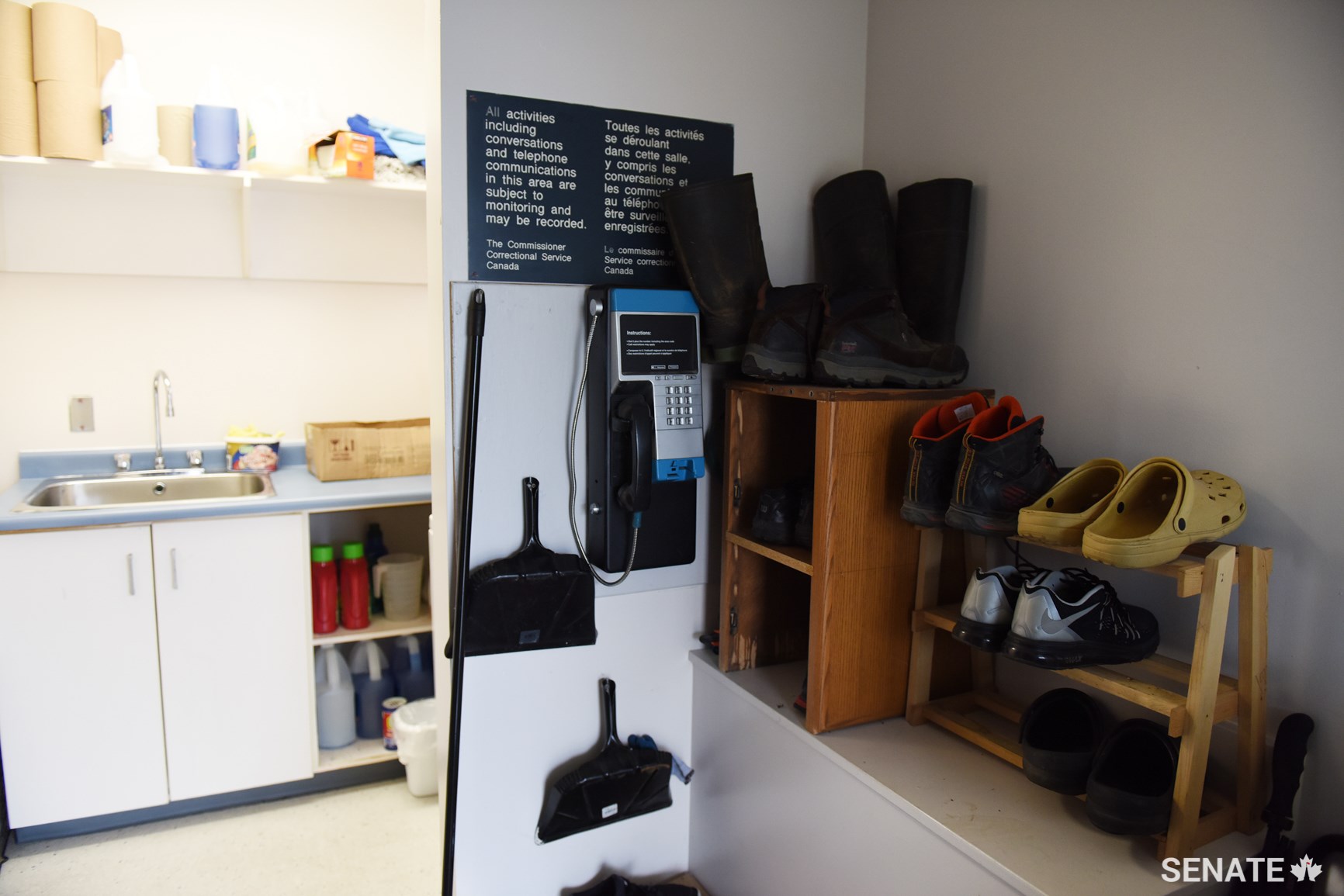
Emma’s Acres
Mission, B.C.

Related articles
Tags
Committee news
Photo essay: Inside Canada’s West Coast prisons

Members of the Senate Committee on Human Rights conducted a fact-finding mission to Western Canada penitentiaries and held public hearings as part of their study on the human rights of prisoners. This photo essay offers rare glimpses behind the barbed wire and fences of Canada’s prison system.
Stan Daniels Healing Centre
Edmonton, Alta.

Public Hearings and Town Hall, ACT Aquatic and Recreation Centre
Edmonton, Alta.

Edmonton Institution
Edmonton, Alta.





Edmonton Institution for Women
Edmonton, Alta.


Kwìkwèxwelhp Healing Village
Harrison Mills, B.C.



Kent Institution
Agassiz, B.C.


Pacific Institution and Regional Treatment Centre
Abbotsford, B.C.




Fraser Valley Institution for Women
Abbotsford, B.C.

Public Hearings and Town Hall
Abbotsford, B.C.

Mission Institution
Mission, B.C.


Emma’s Acres
Mission, B.C.



